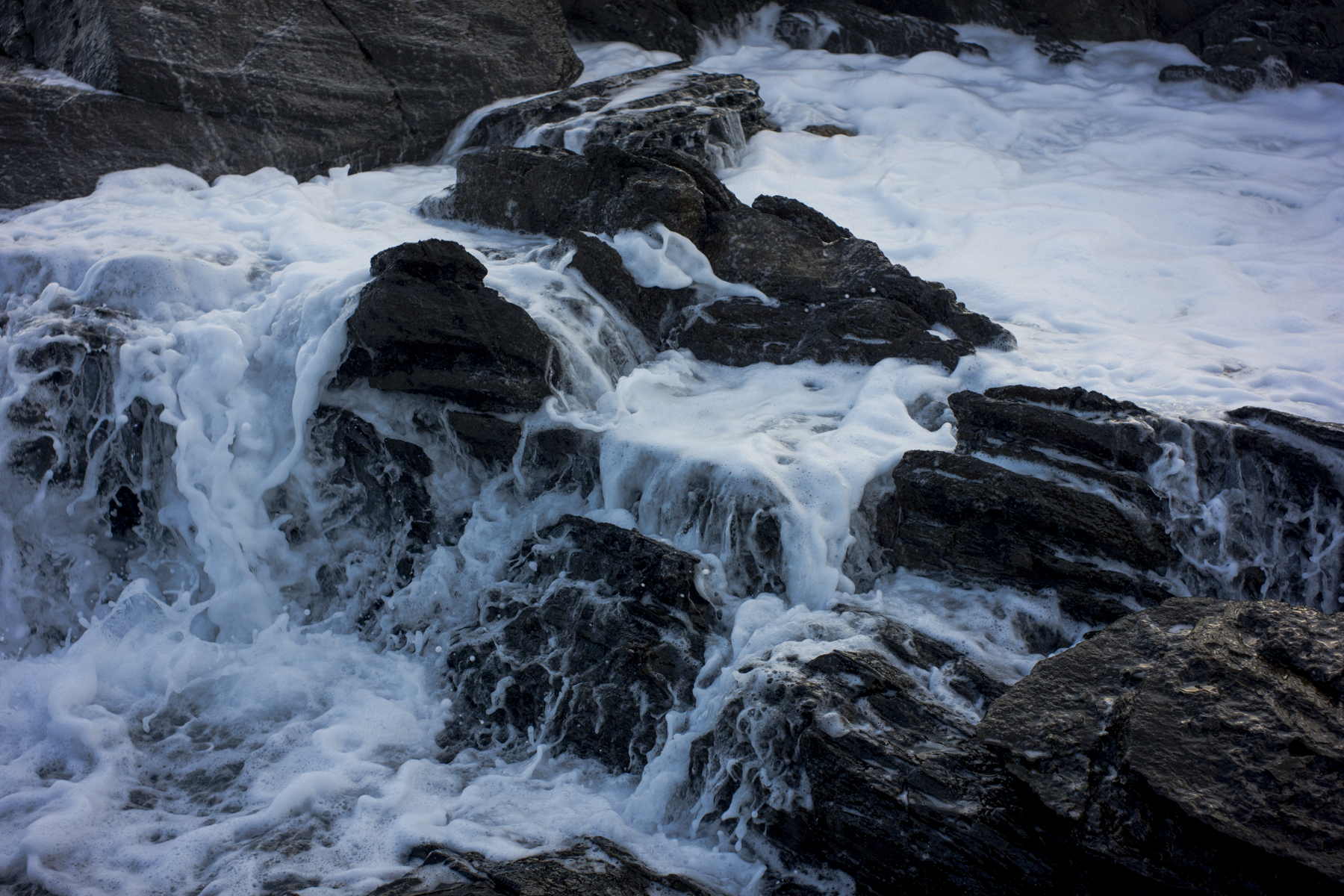I’m down at Victor Harbor nursing a sick poodle who is suffering from a bad bout of hemorrhagic gastroenteritis. Today was the first day I was able to go out on a poodlewalk taking photos since Monday. As Agtet was barely able to walk, I’ve had no luck with large format photography.I was only able to make do walking a short distance with a medium format camera to this spot this afternoon.

If its the little, humble things that are there in my local commonplaces that are important, then I have to start seeing what is actually there, and then making it into a photo. I have to forget about Suzanne exploring Italy and the romance of old historic places in Europe (eg., Lucca) and concentrate on what is before my eyes.










